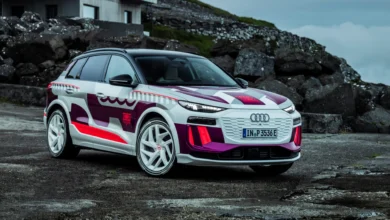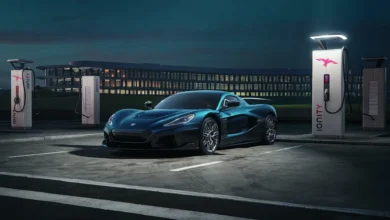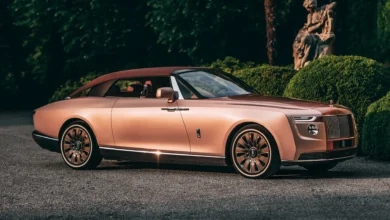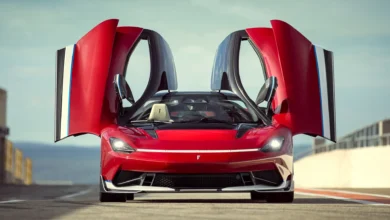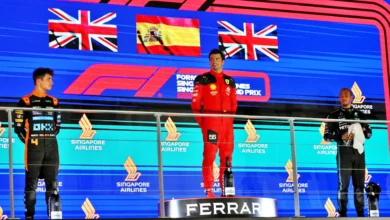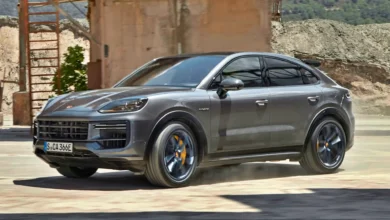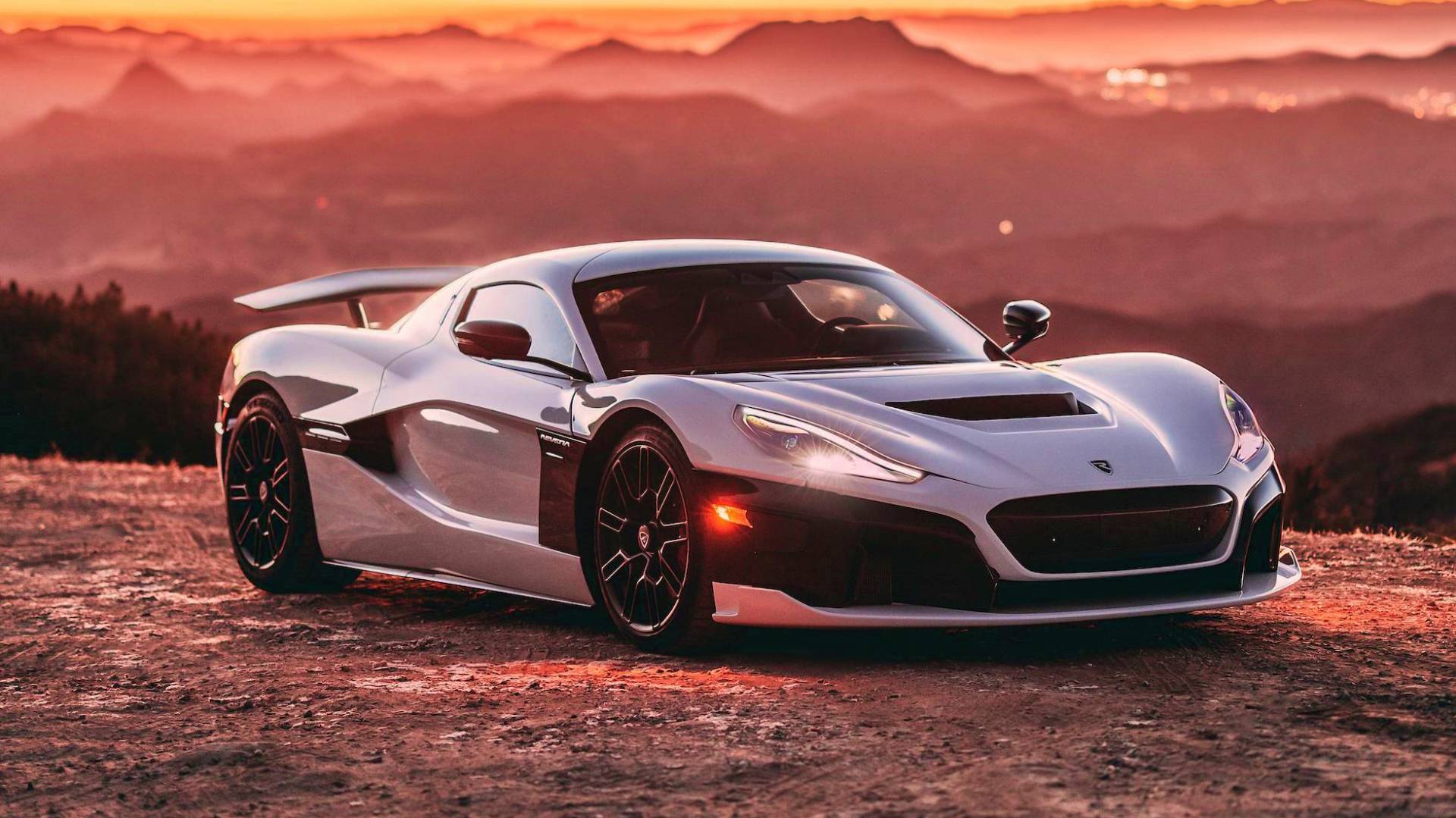
The Croatian company Rimac is, in addition to being a well-known manufacturer of 100% electric hypercars, a renowned supplier of technology and high-performance components. Companies such as Aston Martin, Hyundai, Koenigsegg or Pininfarina have or have had collaboration agreements with the young company.
Such is its potential that last year Porsche increased its stake in Rimac to 24%; In addition, both partners formed a joint venture to control Bugatti, which had been in the hands of the Volkswagen Group for more than two decades. Rimac owns 55% of the joint venture, while Porsche is satisfied with the remaining 45%.
As is logical, Rimac will help Bugatti to electrify itself; However, for the time being, the historic French firm will not have electric models, as the replacement for the Chiron is expected to be a hybrid. However, it is confirmed that it will not have the W16 engine that Bugatti has been using since the days of the Veyron, but a new eight-cylinder unit developed with Cosworth. This new model should be around 2,000 horsepower, becoming the swan song of the internal combustion engine.
In parallel, Rimac is also working on pure electric for Porsche, although this project has not yet received the green light. This car would be a hypercar heir to the 959/Carrera GT/918 Spyder saga. On the other hand, those from Stuttgart would also be interested in using Rimac’s technology and components in an electric 911, although its arrival on the market would not take place until the end of the decade.
Rimac will collaborate in the development of the successor to the Ferrari LaFerrari
A recent report also indicates that another client of Rimac will be Ferrari. Although this agreement has not yet been officially announced, it would fit within Ferrari’s electrification plans, which will launch its first pure electric in 2025 and aims for 60% of its sales to correspond to hybrids and electrics by 2026.

Rimac will provide Ferrari with the cell chemistry, power electronics, electric motors, inverters, and cooling system for a hypercar set to replace the LaFerrari, sold between 2013 and 2018. Like its predecessor, it is a plug-in hybrid.
This model could be the first Ferrari to equip high-performance solid electrolyte batteries, which will have a positive impact on its performance, electric range, and weight. It will most likely become the last member of the 288 GTO/F40/F50/Enzo/LaFerrari saga with an internal combustion engine.
